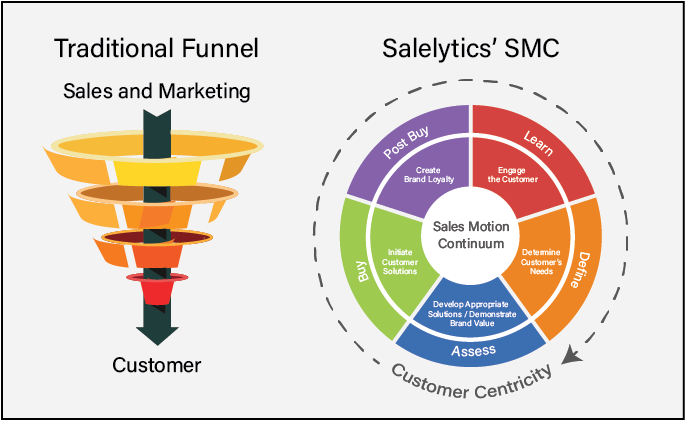Inside sales teams are the backbone of many businesses, driving revenue through strategic outreach, effective communication, and relationship-building. But let’s be honest, if inside sales isn’t your world, the structure and roles within a team can be a bit confusing. That’s why in this article we’ll break down the anatomy of an inside sales team, explaining what each role does and why they’re important to the team's success!
Note: Not every team has every role, and not every team calls the positions the same thing, this is just a general guide.
1. Sales Development Representatives (SDRs)
Sales Development Representatives are often the first point of contact between a company and potential customers. Their primary responsibility is to identify and qualify leads. SDRs reach out to prospects through various channels such as email, phone calls, and social media, initiating conversations and nurturing them until they are ready to move on to the next stage of the sales funnel.
Why They Are Important: SDRs play a crucial role in filling the sales pipeline with qualified leads, ensuring that the sales team focuses their efforts on high-potential prospects.
2. Account Executives (AEs)
Account Executives are the deal-closers of the inside sales team. They work closely with qualified leads, understanding their needs, demonstrating the value of the product or service, and ultimately closing sales deals. AEs need to have a deep understanding of the product, industry, and market trends.
Why They Are Important: AEs are responsible for converting prospects into paying customers, generating revenue, and contributing to the company's growth.
3. Sales Engineers
Sales Engineers are the technical experts on the inside sales team. They bridge the gap between the sales team and the product development team, helping potential customers understand how the product or service can solve their specific problems. Sales Engineers often conduct product demos and answer technical questions.
Why They Are Important: Sales Engineers instill confidence in prospects by providing in-depth technical knowledge, increasing the likelihood of successful conversions.
4. Account Managers
Account Managers are responsible for maintaining and growing relationships with existing customers. They act as the main point of contact for customers, addressing their needs, offering additional products or services, and ensuring ongoing satisfaction.
Why They Are Important: Account Managers play a critical role in retaining and upselling existing customers, increasing customer lifetime value, and fostering loyalty.
5. Sales Enablers
Sales Enablement professionals play a critical behind-the-scenes role. They handle sales data analysis, CRM management, sales process optimization, and sales strategy development. They also collaborate with other teams to ensure seamless operations.
Why They Are Important: Sales Operations streamline the sales process, provide valuable insights, and enable the entire inside sales team to work more efficiently.
6. Sales Managers
Sales Managers lead and guide the inside sales team, setting targets, monitoring performance, and providing coaching and mentorship. They are responsible for the team's overall success and ensure alignment with the company's goals.
Why They Are Important: Sales Managers drive team productivity, motivate team members, and ensure consistent achievement of sales objectives.
Conclusion
Each role in an inside sales team works together to best set the team up for success. From SDRs identifying potential leads to AEs closing deals, Sales Engineers providing technical expertise, Account Managers maintaining and growing existing customer accounts, Sales Enablers providing support, and Sales Managers leading the way – every role is vital in achieving sales goals and driving revenue growth.
By understanding the anatomy of an inside sales team and the importance of each role, businesses can strategically build and empower their teams for sustained success in today's competitive market.

![Solutions]() Overview Full Account Management Funnel Development Sole Territory Coverage Team Sell Customer Care Patient Centric International Support
Overview Full Account Management Funnel Development Sole Territory Coverage Team Sell Customer Care Patient Centric International Support![Industries]()
![Technology]() Overview Omnichannel Experience Sales Enablement Strategy Optimization Data Science and Language Technology
Overview Omnichannel Experience Sales Enablement Strategy Optimization Data Science and Language Technology![Careers]()
![About]()
![About]() Careers Current Open Positions Work From Home Professional Development Salelytics Recruiting Team About Salelytics Our Locations Contact Us Blog
Careers Current Open Positions Work From Home Professional Development Salelytics Recruiting Team About Salelytics Our Locations Contact Us Blog





.png)

.jpg)
.jpg)
